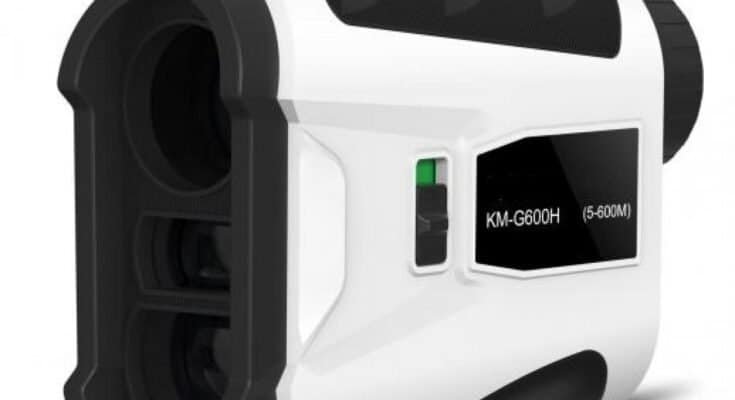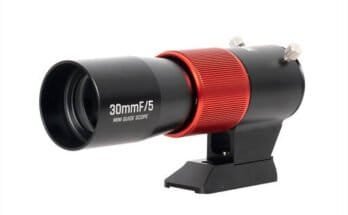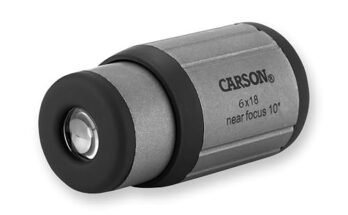I’ve tested monoculars on trails, coasts, and stadiums for years. Here is the straight answer to How far can you see with a monocular? You can see to the horizon with any monocular if the sky is clear and your eye is sharp. What changes is what you can detect, recognize, and identify at distance. That depends on magnification, glass quality, lens size, light, and your hands. In this guide, I’ll break down real ranges, simple math, and field tips so you can pick the right monocular and get the most from it.
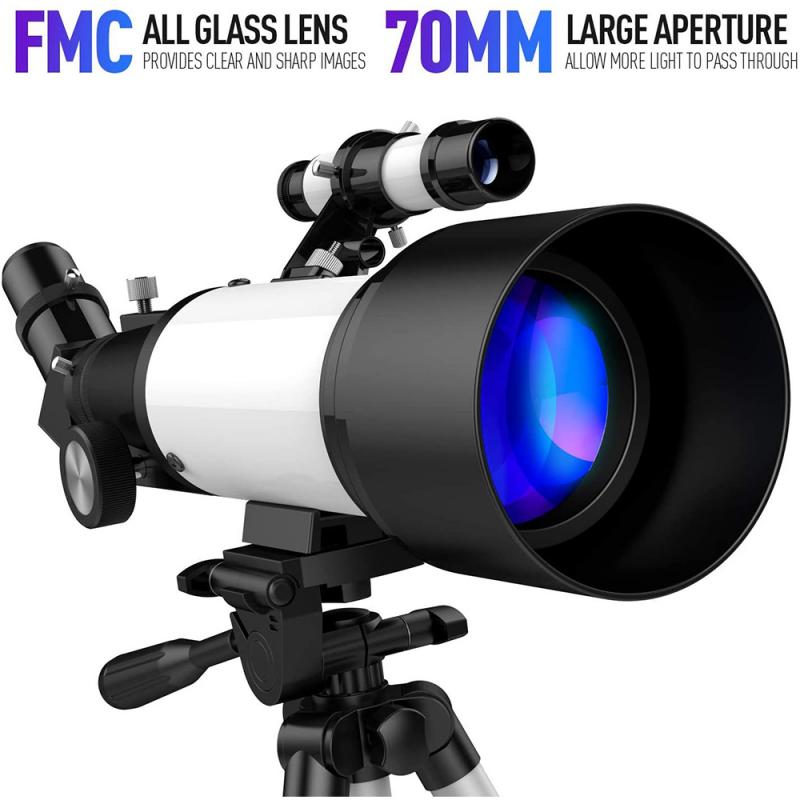
What “Seeing Far” Really Means
Seeing far is not one number. It has stages. Pros use a simple model to set expectations.
- Detection: You see that something is there. A person, a boat, a deer.
- Recognition: You know the type. Human vs. animal. Car vs. truck. Doe vs. buck.
- Identification: You can tell details. A face. A jersey number. Antler points.
At the same power, better glass, coatings, and focus make a big difference. Heat shimmer and haze can block detail even at short range. That is why a clear winter day often beats a hot summer noon.
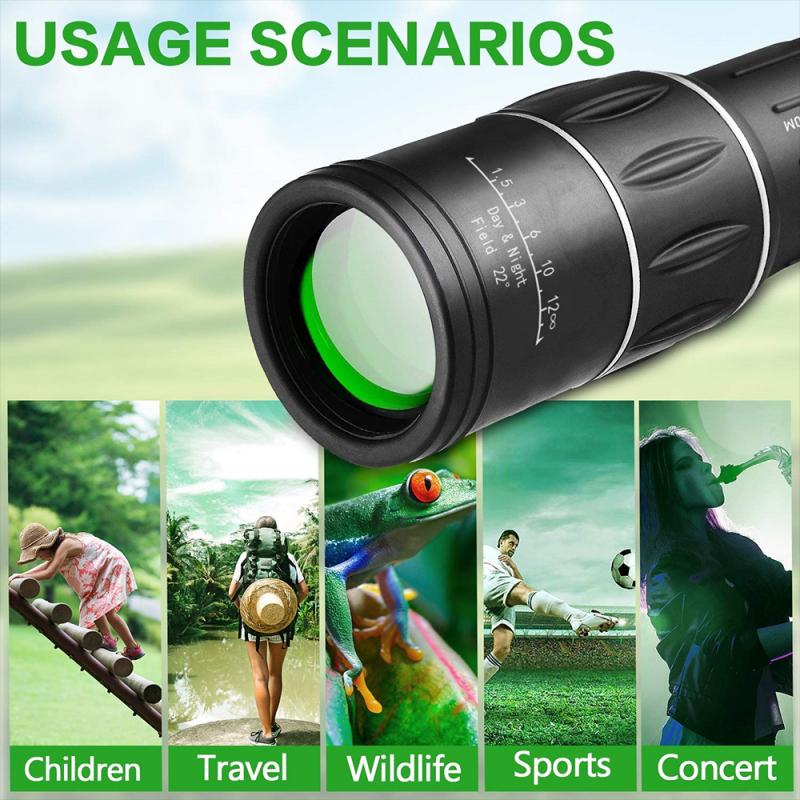
The Horizon Limit: The Earth Sets A Hard Cap
Even the best monocular cannot beat the curve of the Earth. From sea level, your eye sits about 5 to 6 feet above the ground. The geometric horizon is about 2.7 to 3 miles away. From a 100-foot hill, it grows to about 12 miles. From a 1,000-foot lookout, it is near 39 miles.
Use this simple rule:
- Distance to horizon in miles ≈ 1.23 × √(height in feet)
- Distance to horizon in kilometers ≈ 3.57 × √(height in meters)
A monocular does not change that distance. It only makes far objects larger so you can detect, recognize, or identify them before haze or shimmer stops you.

Magnification: 8x, 10x, 12x, And What It Means
Magnification tells you how many times closer an object looks. A 10x monocular makes a target at 1,000 yards look like it is at 100 yards. Higher power is not always better. It narrows your field of view and makes shake worse.
Here is how common powers feel in the field:
- 8x: Bright, steady, wide view. Great for hiking and birding in woods.
- 10x: Best all-round. Good detail at long range. Still hand-holdable.
- 12x to 15x: More reach for open land and shore. Needs bracing or a tripod.
From my trips, 10x is the sweet spot for a first monocular. It gives reach without the wobble tax.
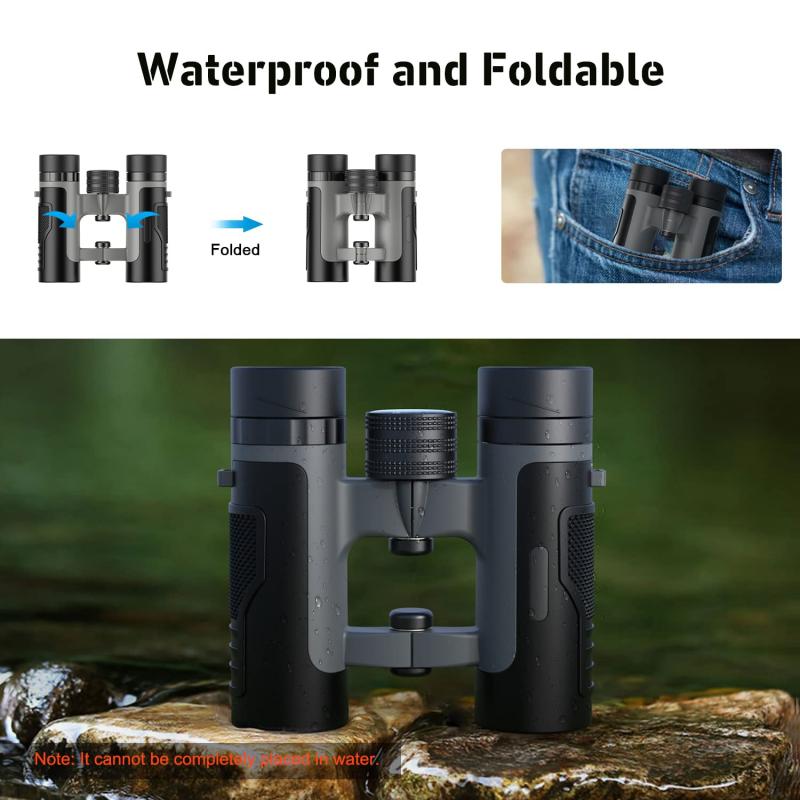
Objective Lens And Exit Pupil: Brightness And Low Light
The front lens size sets how much light the monocular can gather. A 10×25 is small and light. A 10×42 is brighter and sharper at dusk. Exit pupil is the front lens size divided by the power. It tells you how easy and bright the view is.
Quick checks:
- 8×25 has a 3.1 mm exit pupil. Fine in daylight.
- 10×42 has a 4.2 mm exit pupil. Better at dawn, dusk, and under shade.
- 12×50 has a 4.2 mm exit pupil. Big, bright, but heavier.
In real life, a larger exit pupil helps you keep the full image even when your hand moves. It also helps older eyes, which take in less light.

Glass, Coatings, And Prism Type: Why Clarity Wins Distance
Not all 10×42 monoculars are equal. High-end glass and coatings reduce flare and increase contrast. You see edges cleaner, and detail pops sooner.
What to look for:
- Full multi-coatings on all air-to-glass surfaces for better brightness.
- Phase-corrected roof prisms or high-quality porro prisms for sharpness.
- ED or HD glass to cut color fringing on high-contrast edges.
- Good baffling inside the tube to tame stray light.
In side-by-side tests, a sharp 8x ED monocular will beat a cheap 12x at long range. Clarity often beats raw power.
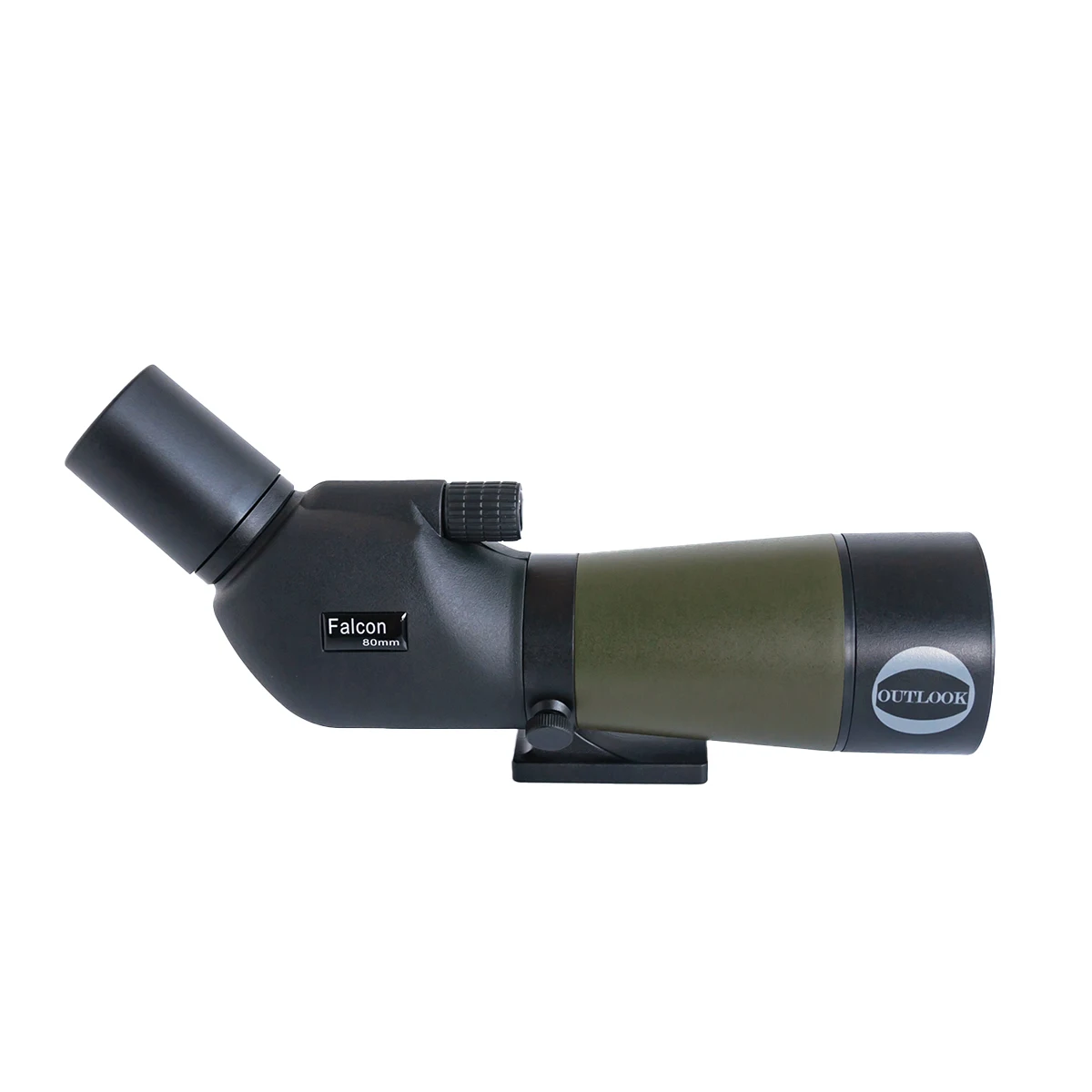
Atmosphere: The Invisible Wall Between You And Detail
Air is not empty. It bends and blurs light. Humidity, dust, and heat shimmer can crush detail. The worst time to test range is a hot noon over long land or water. The best time is early morning on a clear, cool day.
Practical tips that help:
- Scan early or late when air is stable.
- Use shade. Keep sun off the objective lens.
- Avoid looking over long hot surfaces like asphalt or sand.
- If haze is bad, lower power often shows more usable detail.
On a coastal cliff at dawn, I could make out boat names at 2 to 3 miles with a sharp 10×42. By noon, heat shimmer killed those letters.

Hand Stability: Your Hands Decide The Real Range
At 10x and above, shake is the enemy. Even a tiny tremor smears detail. You lose the fine edges that tell your brain what you see.
Make it steady:
- Brace your elbows on your chest or a pack.
- Lean on a tree, fence, or rock.
- Use a mini tripod or monopod when you can.
- Try image stabilization if your budget allows.
I’ve read plates at twice the distance by just resting my forearms on a railing. It is that big a deal.
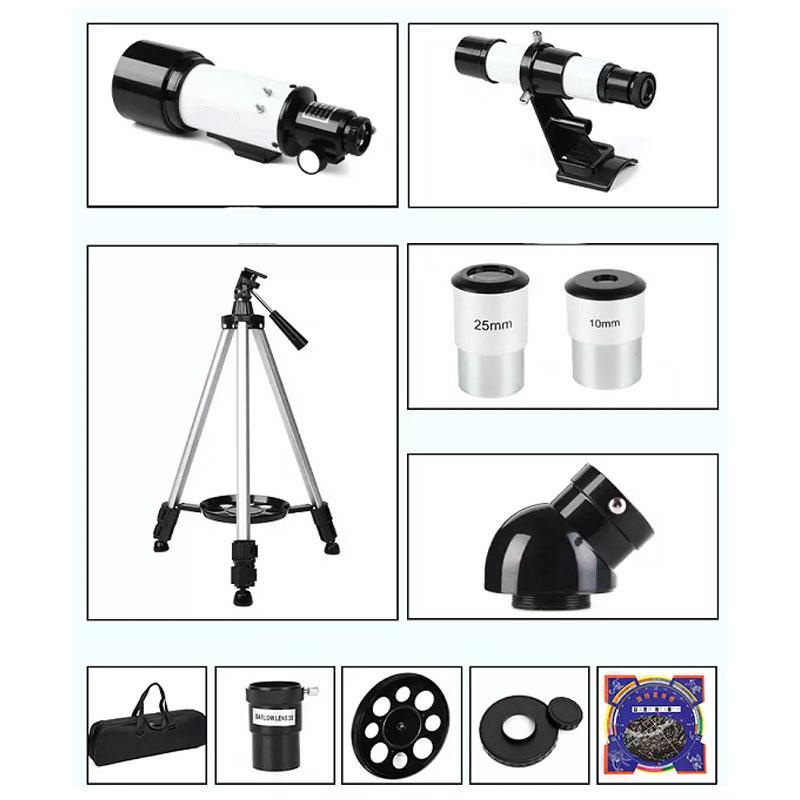
Real-World Range Examples For Common Monoculars
These are realistic, clear-day expectations for a user with average eyesight. Your results will vary with light, air, and skill.
- 8×25 compact: Detect a person at 2 miles. Recognize a person at 1 mile. Identify clothing color at 0.5 mile.
- 10×36 mid-size: Detect small boats at 4 to 5 miles from a high vantage. Recognize make or rig at 2 miles. Identify sail numbers at 1 mile in good air.
- 10×42 all-round: Detect deer at 2 miles on open hills. Recognize sex at 1 mile. Identify antler points at 600 to 800 yards with steady hands.
- 12×50 large: Detect hikers at 3 to 4 miles from a ridge. Recognize packs at 1.5 miles. Identify logos at 0.8 to 1 mile with bracing.
Note that “detect” often goes much farther than “identify.” Your goal decides the right tool.
Monoculars vs Binoculars vs Spotting Scopes
Each tool fills a niche. Pick based on how you plan to glass.
- Monocular: Light, pocketable, fast. Best for hiking, travel, and quick checks.
- Binoculars: Two-eyed view, less fatigue, better depth. Best for long glassing sessions.
- Spotting scope: Much more power, tripod use, narrow view. Best for target ID past one mile.
If you often need fine detail past a mile, a small spotting scope will beat any hand-held monocular. If you value speed and weight, a 10x monocular is hard to beat.
Buying Guide: How To Choose The Right Monocular
Use these steps to match a monocular to your needs.
- Define your use: Hiking, birding, stadiums, shore, hunting.
- Pick power: 8x for steadiness, 10x for all-round, 12x+ for open country.
- Pick lens size: 25 to 30 mm for pockets, 36 to 42 mm for brightness, 50 mm for max light.
- Check optics: ED glass, full multi-coatings, phase-corrected prisms.
- Eye relief: If you wear glasses, look for 15 mm or more and a twist-up eyecup.
- Weatherproofing: Waterproof and nitrogen purged for fog control.
- Focus wheel: Smooth, with enough travel to fine-tune at long range.
Try before you buy if you can. Your hands and eyes will tell you more than specs.
Field Tips To See Farther Right Now
These simple habits boost your real range.
- Rest and breathe: Exhale and pause as you squeeze focus on a detail.
- Use two hands: Pinch near the eyecup and support the body with your off hand.
- Tune diopter if your monocular has it: Sharp focus starts at your eye.
- Scan in zones: Wide scan first, then step up in small focus turns.
- Keep lenses clean: A dusty lens kills contrast fast.
Small tweaks stack up to big gains. I’ve watched new users add 20 to 30 percent more usable range in one day with these habits.
Common Mistakes To Avoid
A few traps cut range more than you think.
- Chasing power only: A shaky 12x sees less than a steady 8x.
- Ignoring light: Tiny exit pupils struggle at dawn and dusk.
- Cheap glass: Low contrast hides detail even when the image looks big.
- Bad focus: Overshooting focus at long range is easy. Slow down and rock the wheel.
- Looking at noon heat: Plan your long glassing for early and late light.
Be honest about how and where you glass. Then set your gear to match.
Frequently Asked Questions Of How Far Can You See With A Monocular?
Can A Monocular Let Me See Miles Away?
Yes. You can detect objects many miles away from a high spot in clear air. Identification at those ranges depends on magnification, glass quality, and stability.
Is 10x Better Than 12x For Distance?
Not always. 12x is bigger, but it shakes more and has a narrower view. Many people see more detail with a steady 10x than a shaky 12x.
How Far Can I Identify A Person With A 10×42?
On a clear day with a steady hold, you can often identify clothing colors at about 0.5 to 1 mile. Faces and fine features need closer range or support.
Does Lens Size Matter For Range?
Yes. A larger objective lens gathers more light. That boosts contrast and detail, which helps at long range, especially in dim light.
What Time Of Day Is Best For Long-Range Viewing?
Early morning and late afternoon. Cooler air is more stable, and the low sun gives better contrast. Midday heat often adds shimmer and haze.
Do I Need A Tripod For A Monocular?
It helps at 12x and higher or when you want to read small details far away. Even a rail, tree, or pack can act like a tripod in a pinch.
What Is The Real Difference Between Detection And Identification?
Detection means you see something is there. Identification means you can tell exactly what it is. Identification needs more light, clarity, and stability.
Final Takeaways And Next Steps
You now know that “how far” depends on physics, optics, and your technique. The Earth sets the horizon. Your monocular and skills decide what you can actually identify before haze and shake step in. Pick the right power, get good glass, and learn a steady hold. Then plan your viewing for the best light, and you will see more than you thought possible.
Ready to level up? Try a 10×42 in the field this week and practice the bracing tips. Want more guides like this? Subscribe, share your questions, or drop your field results in the comments.
